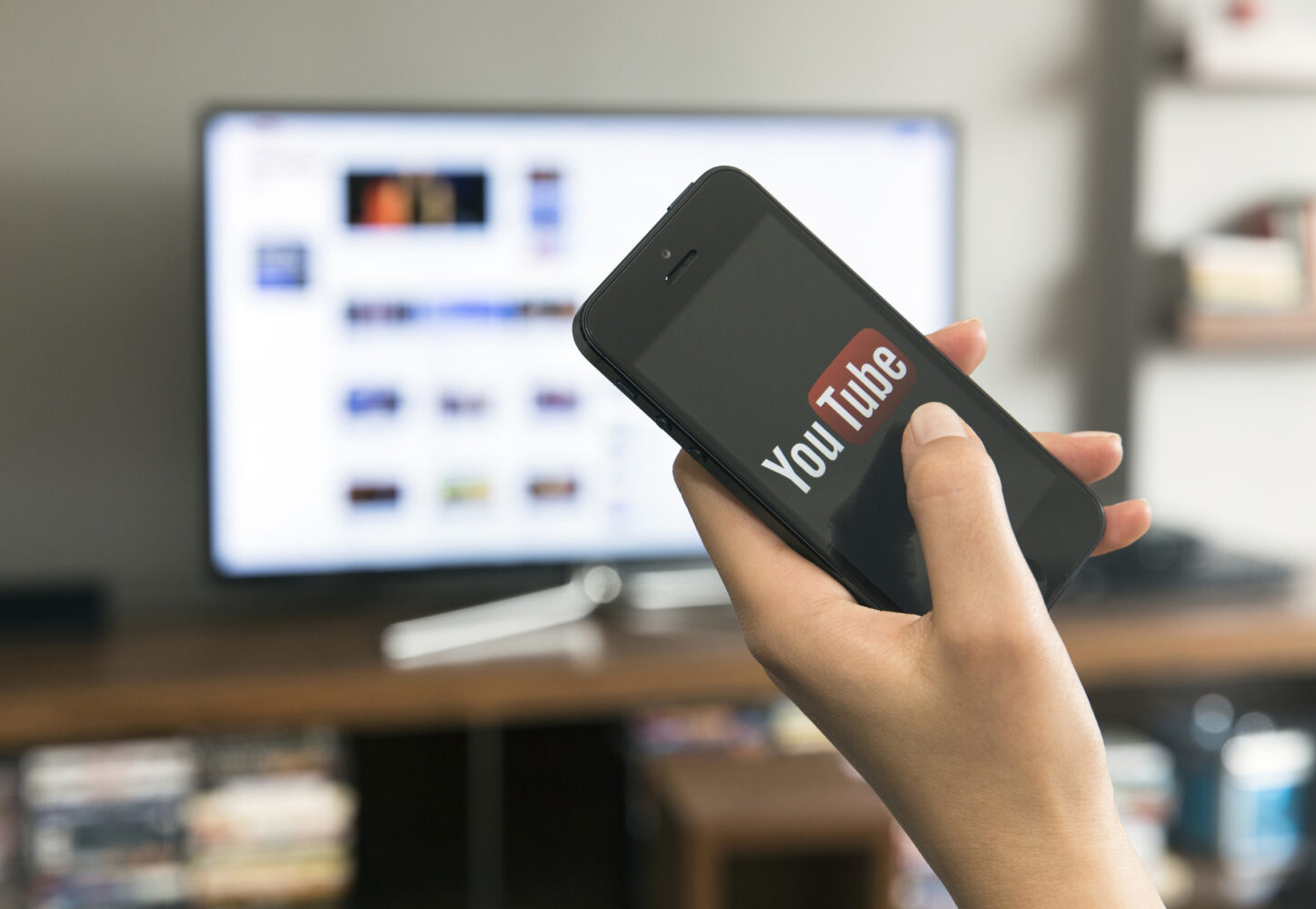YouTube is the second-most popular search engine after Google. Users upload approximately 500 hours of video to the site every minute. Viewers watch around one billion hours of YouTube videos daily.
Understanding consumption patterns is critical for creating and implementing marketing strategies if you’re an advertiser. But what do people like to watch on YouTube, and how can you capitalize on content trends to connect with your target audience?
What Is YouTube’s Influence on Content Consumption?
YouTube maintains a firm grip on digital consumption, with users logging on regularly to view what’s new on the platform. Here are a few facts to help understand its global influence:
- Users perform roughly three billion searches per month
- Viewers spend about 29 minutes on YouTube per visit
- Approximately 25% of US adults rely on YouTube for the news
- About 68% of YouTube users used the platform to make a purchase decision
Best Types of YouTube Videos
As video consumption evolves, advertisers and content creators must keep up with new demands to reach members of their target audiences. While there are several content types you can pursue, here are some of the most popular types of YouTube videos:
Video Tutorials
Content tutorials teach viewers how to perform a particular action. Helpful tutorials address customer pain points by offering accessible solutions.
When a consumer has a problem, a brand can provide an answer using a visual method that’s easy to follow. Video tutorials can also help content creators establish their authority in specific industries.
Product Reviews
Product reviews are classic advertising techniques that help brands build trust with a dedicated client base. You can also influence consumer purchase intentions by drawing attention to a specific product. Finally, product reviews can increase your subscriber rate by bringing in additional viewers who stumbled upon your channel.
Behind-the-Scenes Videos
Behind-the-scenes content provides viewers with an inside look at a company’s culture. They can also use this type of content to humanize your brand, offering an in-depth assessment of your company’s daily operations. Going behind the scenes can provide a light-hearted feel that appeals to consumers.
YouTube Audience Traits
All types of people consume video content through digital platforms, meaning video trends on YouTube constantly change. However, you can examine some consumer traits to maximize the effectiveness of your content distribution.
Time of Day
For optimal viewership, determine when your target audience will be on YouTube. Ideally, you’ll want to avoid posting content in the middle of the day when viewers are probably busy with work or attending school. Aim to post during evening hours once people have settled down for the day.
Desktop vs. Mobile
Mobile devices are increasingly becoming the go-to for YouTube viewership. In the second quarter of 2021, mobile accounted for 63% of YouTube viewing time. Viewers can also quickly share content with others when viewing on mobile, which can boost brand awareness.
Age Range
YouTube’s age demographics remain diverse. According to the Pew Research Center, 83% of adults ages 50 to 64 use YouTube. Consumption patterns go up to 95% for those between 18 and 29.
Not surprisingly, media consumption habits are changing with the younger generations. Generation Z is the first to rely on something other than TV as the primary form of media consumption. Advertisers will need to adjust their media strategies to engage them.
Dispelling Common YouTube Myths
Like any major platform, YouTube is not immune to misconceptions and myths. Here are three falsehoods about the site:
1. Longer Videos Rank Higher
Longer videos don’t necessarily rank higher; rankings depend on the audience’s interests and what they’re looking for when they find specific content. The key to identifying the proper length is assessing your brand and determining how to cultivate a positive experience for the viewer.
2. A Single Video Will Destroy Your Channel
At some point, a content creator will probably upload content that isn’t well-received by the target audience. But here’s the good news: Having one video flop is part of the advertising journey, and likely won’t destroy everything you’ve been working toward with video marketing techniques. Use your experience to improve your content distribution strategies.
3. Clickbait Is a Must for Views
Clickbait is a false advertising technique in which creators use intriguing text or an attention-grabbing thumbnail to encourage viewers to click on your video. It’s deceptive because the text or thumbnail doesn’t represent the content. While videos may generate high clicks from this tactic, your watch time will remain low, and users may down-vote the content.
Establish a YouTube Presence with Channel Factory
Video trends on YouTube constantly evolve, so advertisers must adjust their outreach strategies and distribute unique content that captivates their target audience. Channel Factory can help you cultivate your YouTube audience. With the right performance metrics, we can maximize your brand’s performance and re-align your advertising techniques.
Contact us to see how we can help your organization invest its advertising dollars more effectively and see real results.


![Reducing Media Waste: How to Optimize Advertising Campaigns [3 Ways]](https://channelfactory.com/wp-content/uploads/2024/01/iStock-1453639800-scaled-1.jpg)
